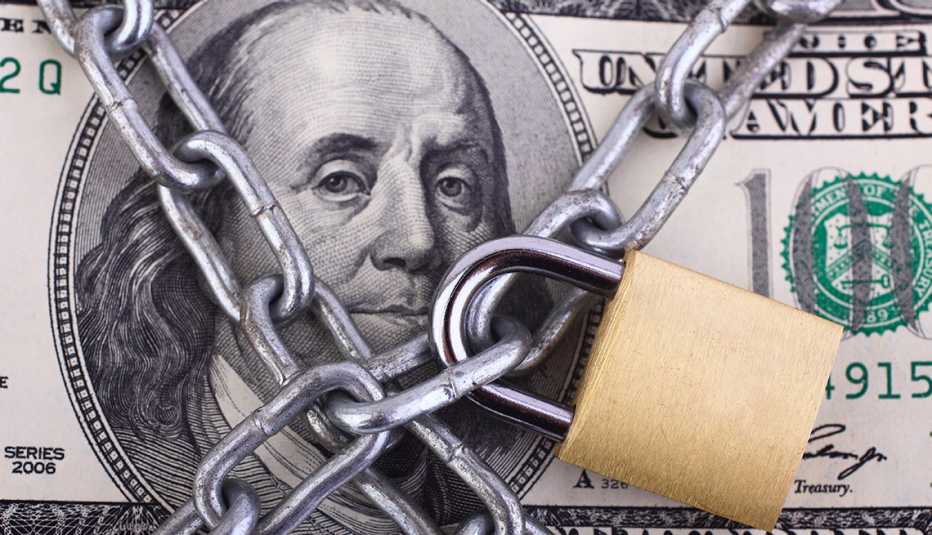AARP Hearing Center
Older Americans who were exploited by family, fraudsters and others in recent years suffered an average loss of $34,200, according to a first-of-its-kind analysis by the U.S. Consumer Financial Protection Bureau.
Calling the problem “widespread and damaging,” the CFPB analyzed government reports of suspicious financial activity, which the bureau said involved more than $6 billion in attempted and actual losses between 2013 and 2017.
According to the CFPB, the financial exploitation of older Americans varies: It could involve a son who fritters away his mother’s money at liquor stores and casinos when he has power of attorney to manage her assets for her benefit. Or a caregiver who cuts large checks drawn on the account of a charge. Or the “fiancée” of an older man who is asking that a large wire transfer be sent outside of the United States, ostensibly so she can visit him for the first time.
In 2017 alone, reports of suspicious financial activity involving older folks totaled $1.7 billion. There were 63,500 reports that year, four times as many as in 2013, according to the CFPB, an independent federal agency that released its report this week.
Tip of the iceberg
The dollars identified in reports of suspicious activity could be the proverbial tip of the iceberg. Outside analysts looking at elder fraud have separately estimated losses in the range of $2.9 billion to $36.5 billion a year, the CFPB says.
Not all of the reports of suspicious financial moves specified the age of the victim, the bureau said, but among those that did, the people hit hardest — for an average loss of $45,300 — were ages 70 to 79. It also found:
▪ People ages 80 and older suffered the second-highest average loss, $39,200.
▪ People ages 60-69 had the third highest, $22,700.
▪ People ages 50-59 had the lowest , $13,400.
In 51 percent of cases, strangers were identified as responsible for the exploitation. About 14 percent of the reports didn't specify who was responsible for the suspected fraud. In 36 percent of cases, the victims knew the bad actors, be they a fiduciary or a family member. Fiduciaries have a legal duty to manage people’s assets for their benefit and may be a guardian, a trustee or a person with power of attorney.
Fiduciaries involved in biggest losses
"This analysis ... highlights the need for strong and diverse interventions by financial institutions, law enforcement, and social services, as well as the involvement of policymakers." — Consumer Financial Protection Bureau
If a fiduciary was behind the loss, the amount of money involved was steeper than in any other category, for an average of $83,600 per victim. If a nonfamily caregiver was the culprit, the average loss was $57,800; if it was a family member, the average loss was $42,700; and if it was a stranger, the average loss was $17,000.


































































